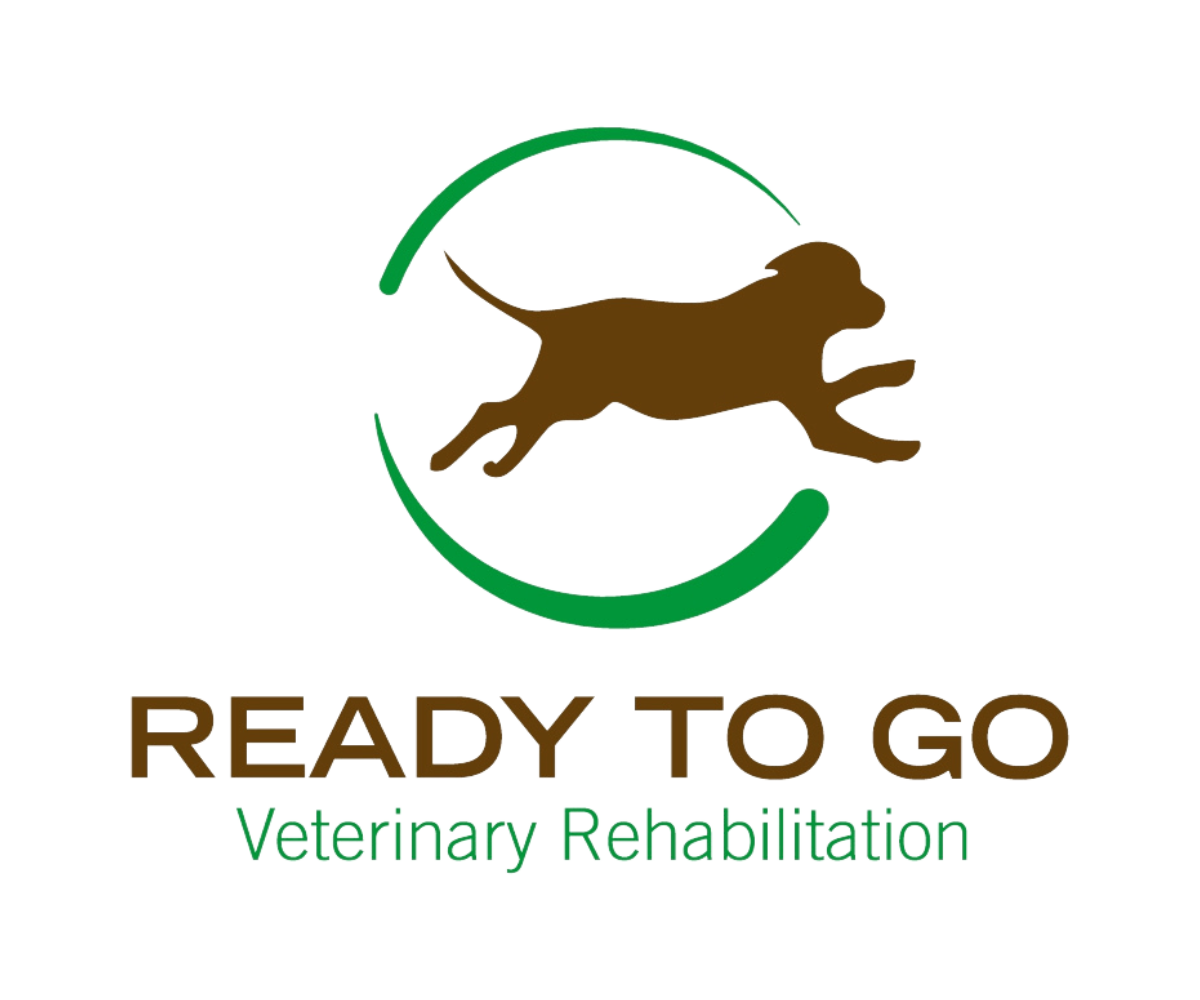-
Veterinary Rehabilitation is a subset of Veterinary Medicine. Rehabilitation Veterinarians are specially trained to evaluate your pet as a whole and identify injuries of all types. We focus on musculoskeletal and nervous issues and the best way to return your pet to normal function. When a pet has been injured/has had surgery, rest alone often does not fix the problem. The body responds to the site of injury by protecting it. This protection of one area leads to compensation in other areas, which can lead to problems down the road and prevent full recovery. Based on their initial evaluation a rehabilitation trained veterinarian can identify not only the original issue, but the compensation issues as well. Then she will create a treatment plan that is tailored to your specific pet.
-
The most common reason is that they are injured and need to recover. That injury may be a pulled muscle, a torn ligament, or perhaps a surgery. Whenever an animal is injured in one area they compensate and create problems in other areas. For example, if a dog has a right hind limb injury and he is favoring the leg, he will generally throw his weight up to his left front leg to help favor that right rear. This leads to extra stress being put where it shouldn't on the dog and predisposes to other injuries. In general, without rehab dogs will not recover to where they were before surgery, they will almost always continue to unconsciously favor the surgery leg - even years later. By doing rehabilitation, we get the dog back to the shape or better shape than he or she was in before surgery.
Other reasons to do rehabilitation would be strength and conditioning, injury prevention, weight loss, osteoarthritis, and many others.
-
Veterinary Spinal Manipulation Therapy (VSMT) is similar to chiropractic work in people. Ultimately when we are performing VSMT we are looking at the nervous system. Our joints are surrounded by receptors that give feedback into our nervous system. If a joint is restricted in its range of motion, it is no longer giving the proper information into the nervous system. The information that goes into the nervous system ultimately travels up the the brain, this information allows the brain to decide what to do next with the body and it sends signals back out. If the brain is getting bad information in, it will then send bad information back out. This leads to weak muscles and unstable joints - predisposing our patients to injury. By restoring normal range of motion we are able to get the brain good information and reduce the chances of injury.

